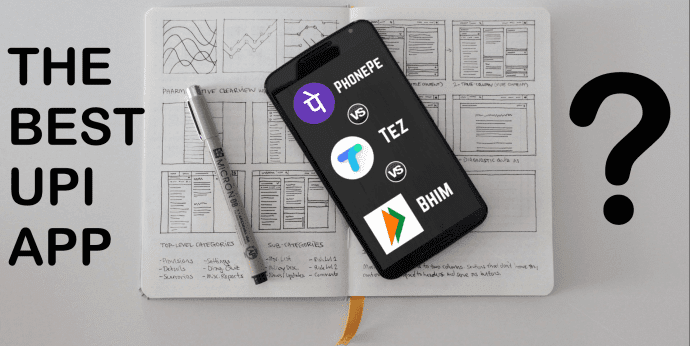Let us see how these two meditation apps fare against each other and differ in terms of pricing, guided meditation sessions, and usability. We will also cover how effective they are because that’s what matters at the end of the day. Let’s begin. Get Headspace Get Calm
1. App Interface
If you are a beginner, both Headspace and Calm will help you commence with easy and simple steps. When you open Calm for the first time, it will ask you to select your goals. I chose Improve Focus, Better Sleep, and Learn to Meditate. There are a few other options too. That makes the interface less crowded and allows you to see what matters to you. Bedtime story by Matthew McConaughey, anyone? Headspace takes a similar approach where the UI is beautiful and easy to use. Different courses focus on various aspects of life. You begin with the Basics course which is divided into 3 parts with 10 sessions each — a 30-day journey. Then there are different courses for stress, work, and so on. In both the apps, each session is made available only after you have completed the previous one. So you cannot jump forward. You can download the sessions on your phone. Both Calm and Headspace use bright colors in their UI which is oddly satisfying. Headspace uses short animated videos to explain what the course is all about while Calm uses nature-inspired background music and wallpapers to keep you interested. I would rather listen to the explanation — helps me understand what I am supposed to do before the journey begins.
2. The Sessions
Andy Puddicombe is the voice behind all the sessions that you will go through in Headspace. He trained as a Buddhist monk and studied meditation while traveling through Asian countries before starting Headspace. I found his voice with a British accent very gentle and soothing. At Calm, it is Tamara Levitt whose voice is equally pacifying and soft but with a Canadian accent and has an experience of over 20 years. In Calm, you can change the narrator to John Armstrong too. He is a lecturer at Stanford’s Life Design Lab. Headspace will begin with 3-10 min sessions in the Basic course that will continue for 30 days — enough time to get used to practicing mindfulness. Calm sessions are similar in length and size and will help you answer questions like what to do, why you must do it, and how to do it. Both the apps offer precise instructions that are easy to follow. Take a breath, relax your body, think about XYZ, and so on. There are short breaks in the sessions where no one speaks. That is where you practice. I found both of them to be equally good. However, Headspace is more direct and comes to the point faster. Calm will share some facts and research studies before telling you what to do. While it shows they did their homework, people with shorter attention span may find it distracting. When it comes to variety, Calm is the clear winner. There are sessions for different aspects of life, a music tab where you can listen to different nature-inspired sounds like water falling, waves, and more. Then there are bedtime stories that will help you fall asleep quickly. Headspace is more linear and wants you to continue with the guided meditations. No wallpapers, no music, and no stories here. A more focused approach. Calm also has a breathing section where you can set the duration of breathing in and out in rhythm. It’s pretty cool. Headspace uses gamification to keep you engaged with it. There are achievements to unlock and goals to meet. Calm will show you a calendar where every day you meditated is marked. They call it the Streak. I think gamification is a much-proven technique also used in several other health and fitness apps. Headspace urges you to follow a program for a set number of days, whereas Calm sends one Daily Calm which is a new technique for you to try. Again, Calm is more focused on variety.
3. Pricing and Platform
Both Calm and Headspace are available on Android and iOS. The free plan of Headspace will take you on a 30-day journey and cover the basics of meditation. After that, subscription begins at $12.99/month or you can pay $399.99 as a one-time fee. With Calm, you get 7 days of premium access after which subscription will cost you $59.99 annually, or you can pay a one-time fee of $299.99. Though Calm appears cheaper annually, you’ll have shell out a hefty amount at once. Headspace is more expensive but comes with a monthly subscription which is better for testing the waters before committing long-term.
Zen Wars
A WSJ report says these two meditation apps cover 85% of the $1.2 billion meditation market. Both are amazing meditation apps, period. Headspace is focused on the journey and offers guided meditations. Plus it helps if the founder is a Buddhist monk. He practiced before he started to preach. Calm, on the other hand, offers more bang for your buck. Apart from guided meditations as discussed earlier, you get features like music, wallpapers, sounds, and bedtime stories. While these apps are suitable for beginners, they are a means to an end. So which app are you going to try out first? Next up: Had a long day? Want to relax? Here are 3 iOS apps to help you unwind. The above article may contain affiliate links which help support Guiding Tech. However, it does not affect our editorial integrity. The content remains unbiased and authentic.























